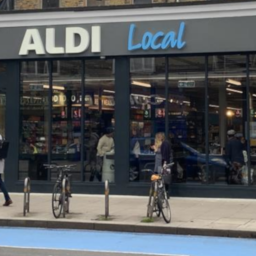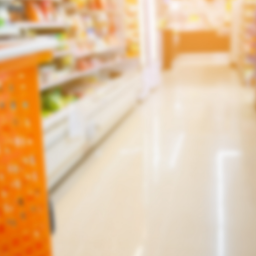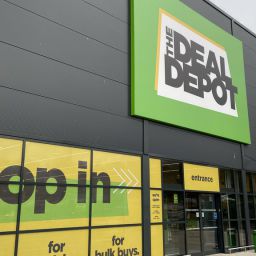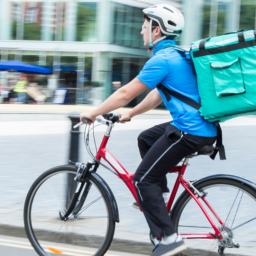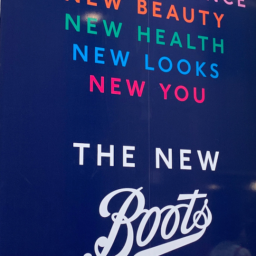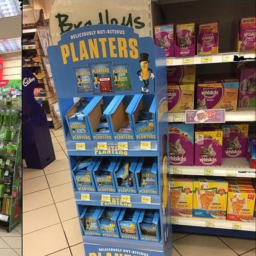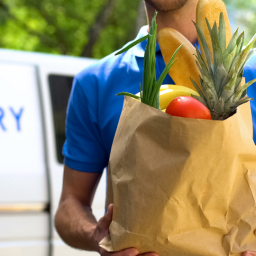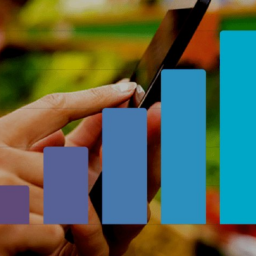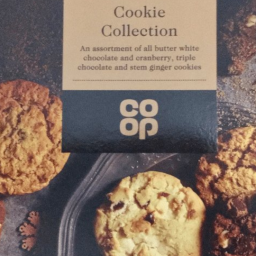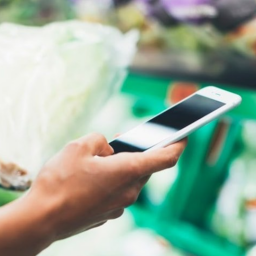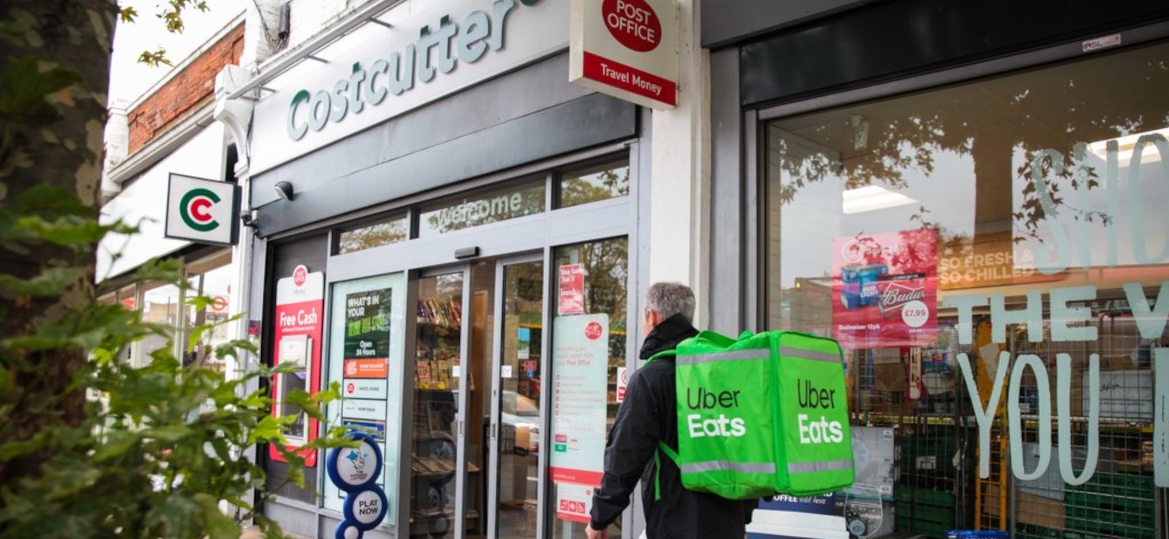
There have been two big announcements from The Grocer in the last couple of weeks. On 17th October 2019, they reported that Deliveroo had begun serving 200 independent and symbol convenience stores in London and then on 23rd October they announced that Costcutter has launched a nationwide partnership with Uber Eats, marking the food delivery app’s first move in the UK convenience sector.
It is clear that the delivery operators see value in servicing the convenience retail market and are willing to go head-to-head to capture that space. Could these developments be an opening for independent retailers to compete with the multiples better? This author certainly believes so, but can understand why there may be scepticism from some corners.
Our monthly barometer tracker of 1,000 nationally representative UK adults shows that over 1 in 5 (20.9%) shopped online at a supermarket, with Tesco the most popular, accounting for 40% of online supermarket grocery shoppers. Now, I can hear the screams from the gallery – “These shoppers are on a main shopping mission, which c-stores would not be able to satisfy!”. This may be true for 42.5% of online supermarket delivery shoppers in September 2019, but for over half it isn’t. In fact, 21.1% are on a top-up mission, 7.1% are on a distress top-up, 9.5% are purchasing for a party and 9% are on a mission to buy alcohol.
This data is further correlated when you delve into the average spend of shoppers per trip. 26% of shoppers using online supermarket delivery spent under £40 and only 22.7% spent over £80, indicating that shoppers are not necessarily on large missions and are using delivery to top-up – a mission that is synonymous with convenience stores.
If that isn’t enough to show that convenience stores have a place in the online delivery market, we can delve deeper and look at products purchased. Some of the most popular categories purchased by shoppers using supermarkets for online delivery are considered the heartland of convenience. The most popular category is chilled dairy (49.1%), but this is followed by soft drinks (27.7%), crisps and snacks (27.6%), alcohol (17.4%) and confectionery (15.4%).
So, not only is there demand in general for online grocery delivery, but more than 50% aren’t on their main shopping mission and the categories they are purchasing are available in (I imagine) every convenience store in the UK. Based on the above, there is little argument against convenience stores tapping into the delivered market, particularly when there is support from specialist distributors available. However, by no means am I saying this will be easy – if it was, someone would have cracked it by now!
When asked their main reason for using that particular supermarket for delivery, the two most popular were value for money (37%) and cheap prices (28%). These were closely followed by fast delivery (27.2%) and low/no delivery cost (24.8%). These reasons could be a big stumbling block for smaller retailers who cannot compete on price and need to charge a delivery fee to cover the commission costs to their delivery partners.
This remains a period of trial and error for the convenience sector, but despite the challenges I think that this could thrive in particular regions of the UK.


